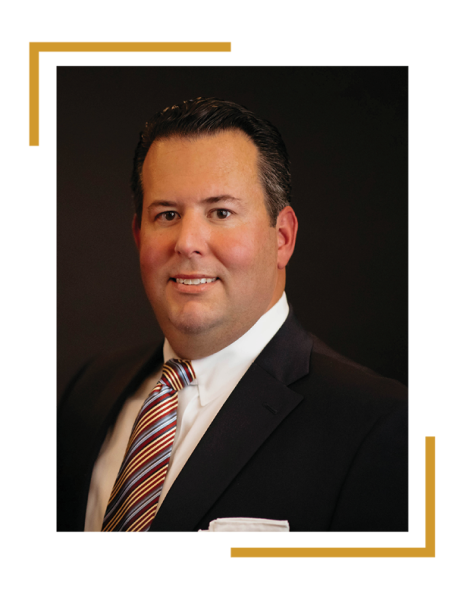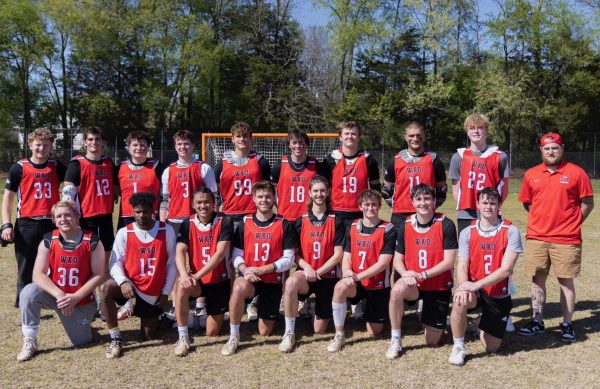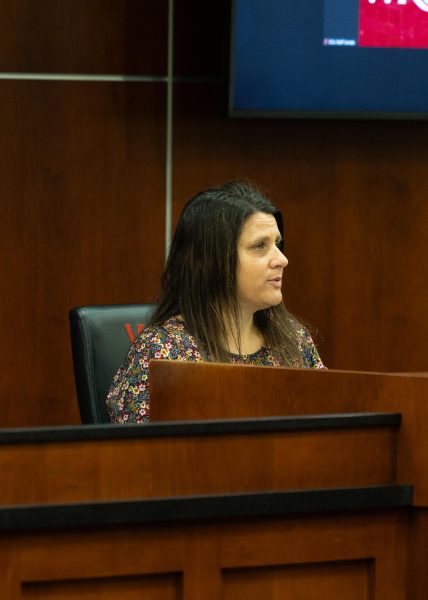WKU middle of the road in student loan default rate
December 3, 2019
WKU’s student loan default rate was listed at an average of 9.2%, according to a new annual report released by LendedU, a marketplace of financial products.
The student loan default rate is the percentage of borrowers who go past 270 days without making a payment on their federal student loans. When a student enters default, their wages could be garnished or they could lose access to federal aid until they are in good standing on their loans.
Out of nearly 4,500 colleges across the nation, WKU ranked 2,305 in the report. Andrew Head, director of the WKU Center for Financial Success, said he thinks it’s necessary to consider all factors that contribute to a school’s loan default rate.
“WKU used to have a little bit more liberal admissions policy, so there were students that just were not academically prepared to come here,” Head said.
In the long run, colleges that enroll students through lax admission policies could be causing future problems for students who are accepted but lack the skills to handle higher level courses.
According to a PEW research report, first-generation college students and students of color are more susceptible to default on their student loans than their peers.
For students who are more inclined to drop out, they will have a hard time finding jobs that pay as much as those for people with a degree.
“So they’ve got that payment without the additional pay that would come with having a better job as a result of graduating,” Head said. “They’re still in that pre-college-grad stage job that doesn’t pay a lot.”
A major part of the problem comes from pressure put on high school graduates to attend college when sometimes a post-secondary education isn’t necessary, Head said. If a student isn’t in ideal circumstances to pay back their loans, there are options to make it easier.
Such options are loan forgiveness, forbearance and deferments, which can be used to relieve the payment load.
“Loan forgiveness is if you work in a government setting for a certain amount of years, the government will forgive a certain amount of your student loan debt,” Head said. “Typically after 10 years of payment.”
Teachers, doctors, nurses and law- yers can take advantage of state-sponsored repayment assistance programs to receive help with repaying debt. As a benefit of employment, some compa- nies will pay for their employees to go to college or help pay off their loans after working for a certain amount of years.
Deferment and forbearance are other paths students can take to temporarily pause having to make payments or lessen the monthly payment amount for a requested period. More specifically, forbearance applies to students who aren’t able to find gainful employment by the time they need to start paying back loans.
Many times the program makes new payment plans for students based on their income. In these income-based repayment plans, they don’t want the payments to be more than a certain percentage. Until a student reaches a certain threshold of incoming money, their due payments can be paused or reduced to a manageable amount.
While in deferment, subsidized federal loans, otherwise known as Perkins loans, don’t accrue interest.
These options are not automatically applied, so students have to submit a request to their loan servicer and provide them with documentation showing they meet the requirements to receive forbearance or deferment.
Tate Keeling, a freshman from Louisville, has already been dealing with stress related to student debt and the confusion brought about by the various applications.
“We didn’t do the FAFSA on time and right now no one is taking the certain things you have for the FAFSA,” Keeling said. “Now, I can’t even apply for loans.”
If the average student default rate is 30% or higher for three consecutive years at a college, the schools can lose eligibility for Pell Grants and federal student loans. Loan eligibility can also be lost if the rate is 40% or higher in one year.
However, most colleges never reach those high magnitudes except for a small number of schools that fail the annual test.
Reporter Matthew Williams can be reached at [email protected].
























